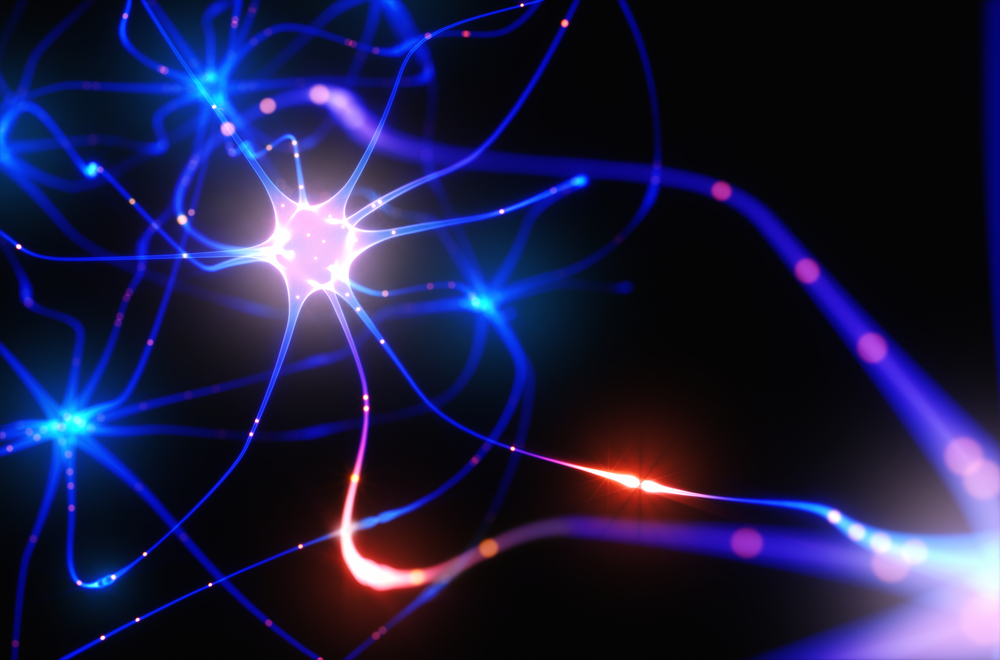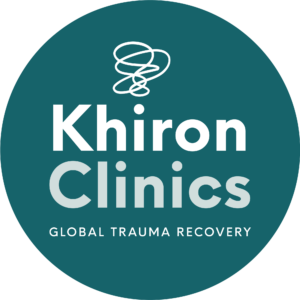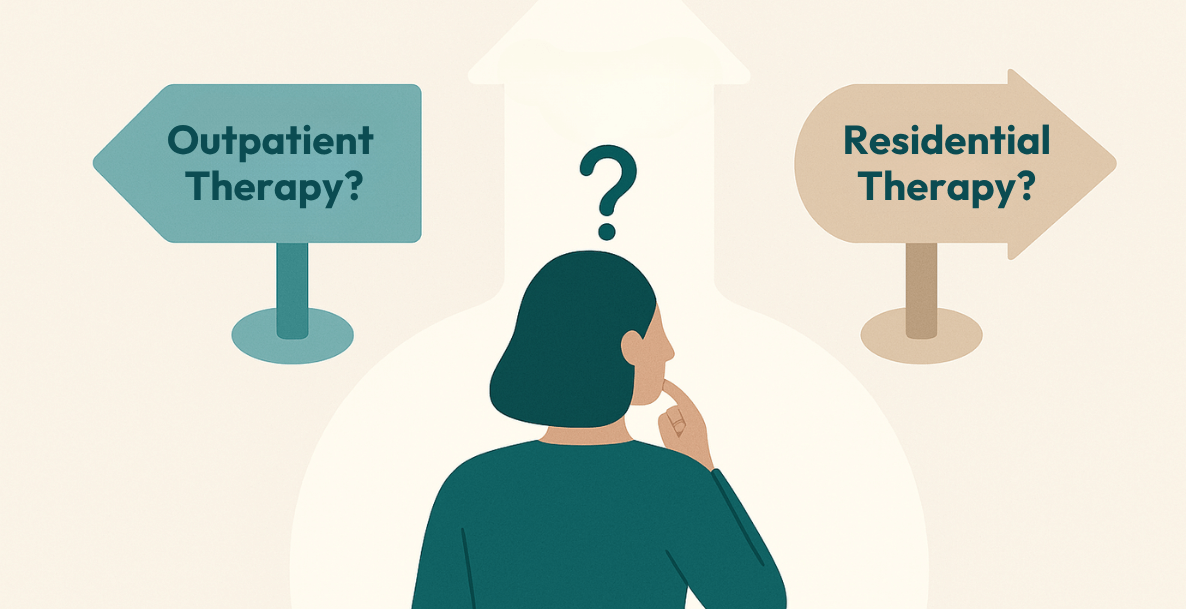The body is packed with nerves, all of which perform different jobs and roles. The vagus nerve runs throughout the entire body and contributes to many functions, including mood regulation and digestion.
As a main part of the parasympathetic nervous system, the vagus nerve can also play a role in the fight-or-flight response, trauma and trauma recovery.

Download the Brochure
Discover Our Innovative Trauma Recovery Pathway
What Is the Vagus Nerve?
The vagus nerve is the longest in the autonomic nervous system. It runs from the brainstem through the neck and abdomen, carrying messages between the brain, digestive system, and organs.[1] It has several vital functions the body relies on daily, such as the gag reflex, slowing heart rate, heat regulation, and controlling blood pressure levels.
However, it plays a role in mental health and well-being too. Traumatic experiences can contribute to an overactive vagus nerve, leading to anxiety, mood changes, nausea, and pain.
High levels of stress and anxiety can also trigger the vagus nerve.[2] When overstimulated, it can cause symptoms such as vomiting, dizziness and abdomen pain. However, it is possible to soothe and relax the vagus nerve by utilising breathing exercises that slow the heart rate and relax the body.
Polyvagal Theory
Developed by Dr. Stephen Porges, Polyvagal Theory looks at the vagus nerve and its role in the fight-or-flight response. There are two sides to the vagus nerve: the dorsal (back) and the ventral (front). Polyvagal Theory describes how neural circuits read danger cues in the environment via neuroception.
Neuroception is the nervous system’s evaluation of danger and safety. It constantly runs in the background, seeking signals that point to risk. Signals are received from the surrounding environment within the body and interactions between others.
During neuroception, both sides of the vagus nerve are stimulated. The ventral side responds to safety cues, and the dorsal side responds to danger cues.
According to Polyvagal Theory, there are three ways the nervous system can respond to extreme events:
- Social engagement system – this is the newest system to develop as a response to trauma. Based on the ventral side of the vagus nerve, it helps people respond to feelings of safety and community and return to a sense of safety.
- Sympathetic nervous system – this controls the fight-or-flight response and helps people run from or confront danger. Polyvagal Theory suggests that this was the second pathway to develop over evolution.
- Parasympathetic immobilisation – also known as the freeze response, this is a common reaction to extreme danger cues or traumatic events. Dr. Porges describes freezing as the oldest response built into the autonomic nervous system. When people freeze, they respond to traumatic events by becoming numb and unable to move in the face of danger.
People can experience several of these responses as they move throughout the day. For example, they may experience social engagement while talking with a loved one or mobilisation if they argue with someone at work. This space is fluid, and people move in and out of these systems when necessary.
The Lasting Impact of Trauma
When the nervous system is overwhelmed by trauma, it can be difficult for people to move back to a state of safety as they are constantly on high alert for danger. This can contribute to an overactive vagus nerve and cause physical trauma symptoms such as unexplained pain and nausea.
As the dorsal side of the vagus nerve is on high alert for danger, those who have experienced past trauma can jump immediately into the freeze or immobilisation response. They may associate more social cues, such as a change in tone of voice or body language, as dangerous and freeze to protect themselves from further harm.
Polyvagal Theory suggests that the ventral side of the vagus nerve should be stimulated to move trauma survivors out of the freeze response and into the social engagement system.
Explore Our Treatment Options
Find Out What Makes Us Different
The staff at our globally recognised mental health clinic have been informed, trained and supervised by some of the world’s leading trauma experts such as Dr Bessel van der Kolk, Dr Janina Fisher, Dr Stephen Porges, Dr Dick Schwartz and more.
Working With the Vagus Nerve
When people feel safe, they operate from within their social engagement system and connect with the world around them. There are several ways to work with the ventral side of the vagus nerve and introduce feelings of safety:
- Explore triggers – triggers are often formed in response to a traumatic event. For example, someone physically assaulted may react strongly if a person accidentally bumps into them. Awareness of individual triggers can help inform how people respond to them and identify ways to move back into the social engagement state.
- Bring awareness to the body – trauma can affect people’s relationships with their body, contributing to symptoms such as dissociation and hyperarousal. Focusing on the body by using meditation techniques and interventions, such as somatic experiencing, can help people become aware of their reactions and provide them with the tools to work through the fight, flight and freeze responses.
- Foster healthy relationships – traumatic events can be incredibly isolating, and many people struggle to express their feelings or talk about their experiences. Supportive relationships, where people feel safe and comfortable, activate the social engagement system and create connections.
- Practice breathing exercises – the vagus nerve is heavily involved in the parasympathetic nervous system, which promotes calmness and relaxation. As the vagus nerve communicates with the diaphragm, deep breathing stimulates the parasympathetic nervous system, which helps move the body into a more relaxed state.
The vagus nerve is incredibly powerful and informs many bodily functions. It relays messages of both danger and safety around the body and, in trauma survivors, contributes to elevated feelings of danger. Working with the vagus nerve offers people a way to build regulation and resilience after trauma and regulate the nervous system quickly and effectively.
If you have a client or know of someone struggling with anything you have read in this blog, reach out to us at Khiron Clinics. We believe that we can improve therapeutic outcomes and avoid misdiagnosis by providing an effective residential program and outpatient therapies addressing underlying psychological trauma. Allow us to help you find the path to realistic, long-lasting recovery. For more information, call us today. UK: 020 3811 2575 (24 hours). USA: (866) 801 6184 (24 hours).
Sources:
[1] Goggins E, Mitani S, Tanaka S. Clinical perspectives on vagus nerve stimulation: present and future. Clinical Science. 2022;136(9):695-709. doi:10.1042/CS20210507
[2] Kenny BJ, Bordoni B. Neuroanatomy, Cranial Nerve 10 (Vagus Nerve) [Updated 2021 Nov 14]. In: StatPearls [Internet]. Treasure Island (FL): StatPearls Publishing; 2022 Jan-. Available from: https://www.ncbi.nlm.nih.gov/books/NBK537171/





